The 19th century in Russia is remarkable for the fact that for a hundred years, public thought has gone from a complete understanding of the divinity and infallibility of the tsarist government to an equally complete understanding of the need for fundamental changes in the state system. From the first small groups of conspirators, who did not quite understand the goals and the ways to achieve them (Decembrists), to the creation of massive, well-organized parties with specific tasks and plans for their achievement (RSDLP). How did this happen?
Background
By the beginning of the 19th century, serfdom was the main irritant of social thought. Progressively-minded people of that time, starting with the landowners themselves and ending with members of the royal family, it became clear that serfdom needed to be urgently abolished. Of course, the bulk of the landowners did not want to change the existing state of things. A new socio-political movement has appeared in Russia - this is the movement for the abolition of serfdom.
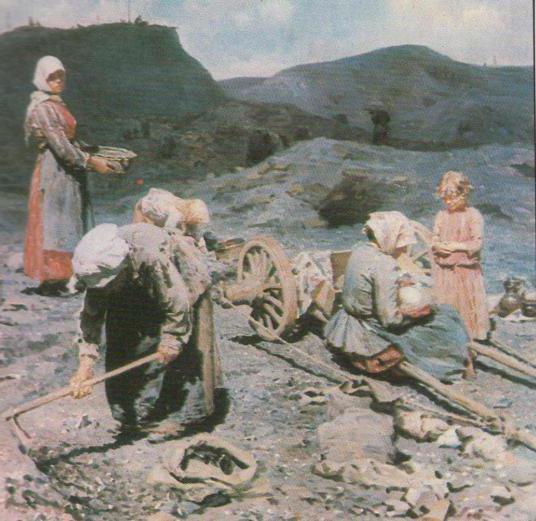
Thus, the foundations for the organizational design of conservatism and liberalism began to appear. Liberals advocated change, the initiator of which was to become power. Conservatives sought to maintain the current state of things. Against the background of the struggle of these two areas, thoughts began to appear on a separate part of society about the revolutionary reconstruction of Russia.
More active socio-political movements in Russia began to appear after the campaign of the Russian army in Europe. Comparison of European realities with life at home was clearly not in Russia's favor. Revolutionary officers who returned from Paris were the first to act.
Decembrists
Already in 1816 in Petersburg these officers formed the first socio-political movement. It was a “Union of Salvation" of 30 people. They clearly saw the goal (the elimination of serfdom and the introduction of constitutional monarchy) and had no idea how to achieve this. The consequence of this was the collapse of the Union of Salvation and the creation in 1818 of a new Union of Welfare, which already included 200 people.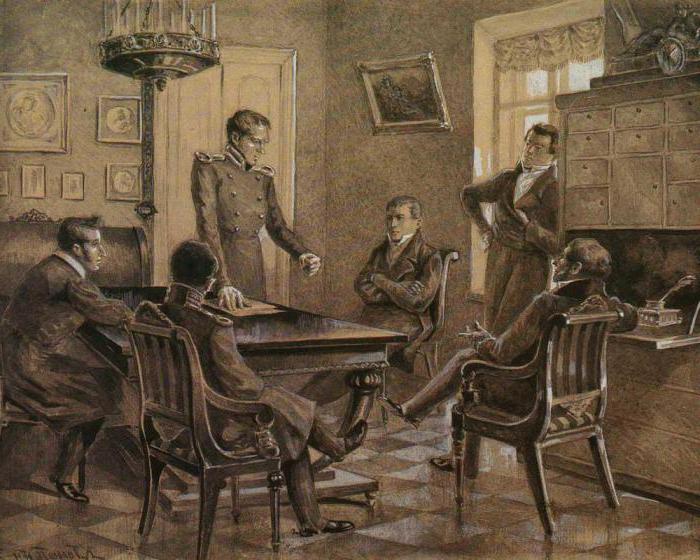
But because of a different view of the future fate of the autocracy, this alliance lasted only three years and in January 1821 self-dissolved. Former members in 1821-1822 organized two societies: “Southern” in Little Russia and “Northern” in St. Petersburg. It was their joint appearance on Senate Square on December 14, 1825 that later became known as the Decembrist uprising.
Path finding
The next 10 years in Russia were marked by the harsh reactionary nature of the regime of Nicholas I, who sought to suppress all dissent. There was no talk of creating any serious movements and alliances. Everything remained at the level of circles. Around the publishers of magazines, metropolitan salons, at universities, among officers and officials, groups of like-minded people gathered to discuss the common sick question for everyone: "What to do?" But the circles were also quite severely persecuted, which led to the extinction of their activities already in 1835.
Nevertheless, during this period, three main sociopolitical movements were clearly defined in their attitude to the existing regime in Russia. These are conservatives, liberals and revolutionaries. Liberals, in turn, were divided into Slavophiles and Westerners. The latter believed that Russia needed to catch up with Europe in its development. The Slavophiles, on the contrary, idealized pre-Petrine Rus and called for a return to the political system of those times.
Abolition of serfdom
By the 40s, the hope of reform from the government began to fade.This caused the activation of revolutionary layers of society. The ideas of socialism began to penetrate into Russia from Europe. But the followers of these ideas were arrested, convicted, and sent to exile and hard labor. By the mid-50s, there was no one to conduct any active not only actions, but simply talks about the reorganization of Russia. The most active public figures lived in exile or served hard labor. Who managed - emigrated to Europe.
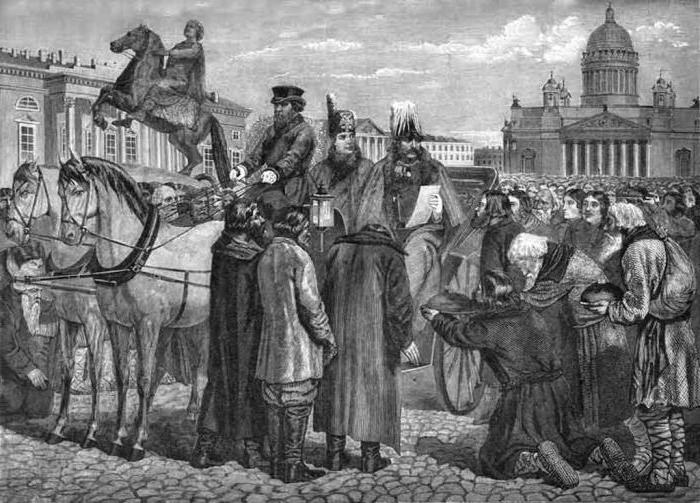
But socio-political movements in Russia in the first half of the 19th century still played their role. From the early days, Alexander II, who ascended the throne, spoke about the need to abolish serfdom, took concrete steps to legalize it, and in 1861 signed the historic Manifesto.
Revolutionary activization
However, half of the reforms that did not meet the expectations of not only the peasants, but also of the Russian public in general, caused a new surge of revolutionary sentiment. The country began to spread proclamations from various authors, which had a wide variety of character: from moderate appeals to the authorities and society about the need for deeper reforms, to calls for the overthrow of the monarchy and revolutionary dictatorship.
The second half of the 19th century in Russia was marked by the formation of revolutionary organizations that had not only a goal, but also developed plans for their implementation, albeit not always real. The first such organization was in 1861 the Union “Earth and Freedom”. The organization planned to implement its reforms with the help of a peasant uprising. But when it became clear that there would be no revolution, "Earth and Freedom" self-destructed at the beginning of 1864.
In the 70-80s, the so-called populism developed. Representatives of the nascent intelligentsia believed that to accelerate change, it is necessary to turn directly to the people. But among them, too, there was no unity. Some believed that it was necessary to limit oneself to educating the people and explaining the need for change, and only then talk about revolution. Others called for the elimination of a centralized state and the anarchist federalization of peasant communities as the basis of the country's social structure. Still others planned a seizure of power by a well-organized party through a conspiracy. But the peasants did not follow them, and riot did not happen.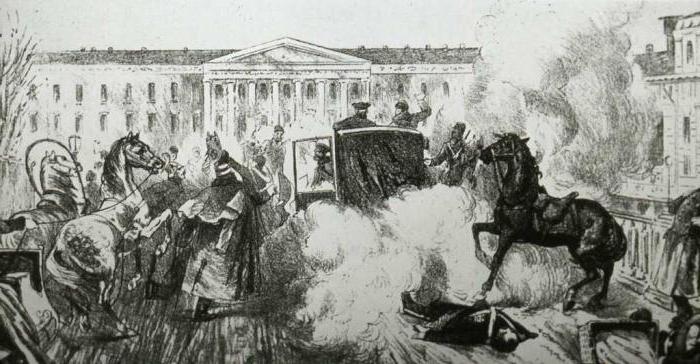
Then in 1876 the Narodniks created the first truly large, well-conspired revolutionary organization called "Earth and Freedom." But here, internal disagreements led to a split. Supporters of terrorism organized the “People’s Will”, and those who hoped to achieve change through propaganda gathered in the “Black Redistribution”. But these socio-political movements have not achieved anything.
In 1881, the Volunteers killed Alexander II. However, the expected revolutionary explosion did not happen. Neither the peasants nor the workers' uprisings. Moreover, most of the conspirators were arrested and executed. And after the attempt on Alexander III in 1887, Narodnaya Volya was finally defeated.
Most active
In these years, the penetration of the ideas of Marxism into Russia began. In 1883, the organization “Emancipation of Labor” was formed in Switzerland under the leadership of G. Plekhanov, who justified the peasantry's inability to change through revolution and placed its hope in the working class. Basically, the political movements of the 19th century by the end of the century in Russia were strongly influenced by the ideas of Marx. There was propaganda among the workers, they called for strikes and strikes. In 1895 V. Lenin and Yu. Martov organized the Union of Struggle for the Emancipation of the Working Class, which became the basis for the further development of various social-democratic trends in Russia.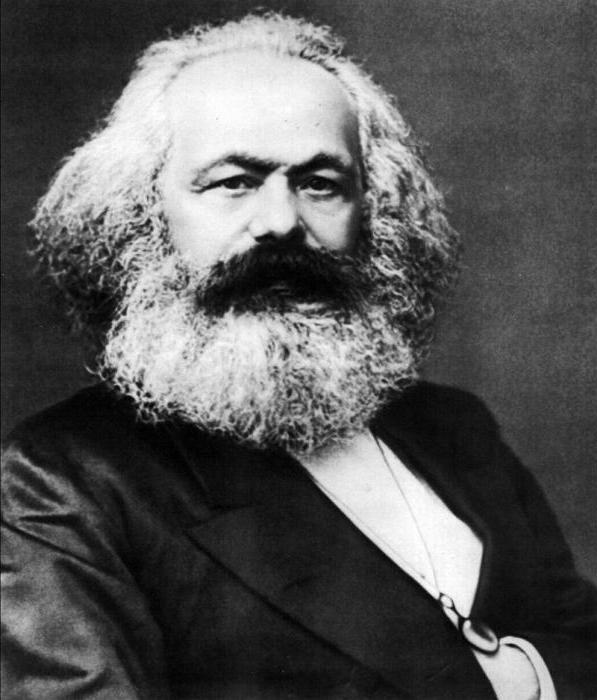
The liberal opposition, meanwhile, continued to advocate for the peaceful implementation of reforms "from above", trying to prevent a revolutionary solution to the problems facing Russian society.Thus, the active role of socio-political movements of a Marxist orientation had a decisive influence on the fate of Russia in the 20th century.
